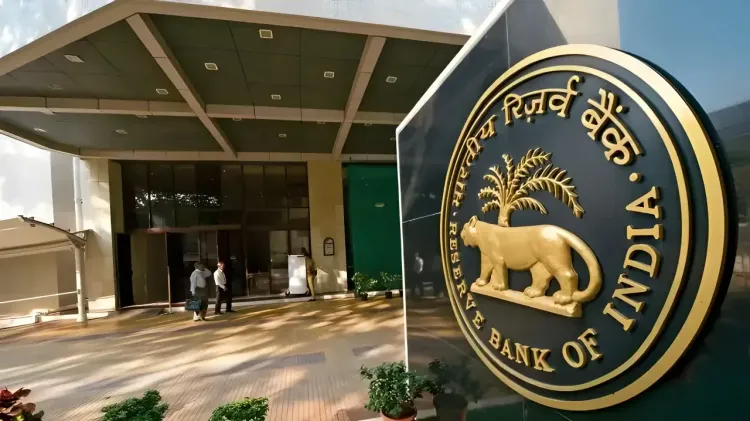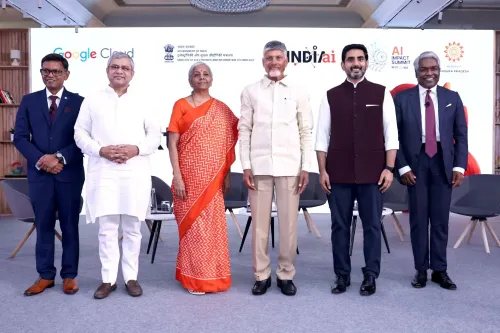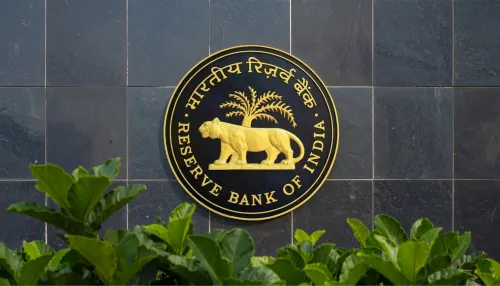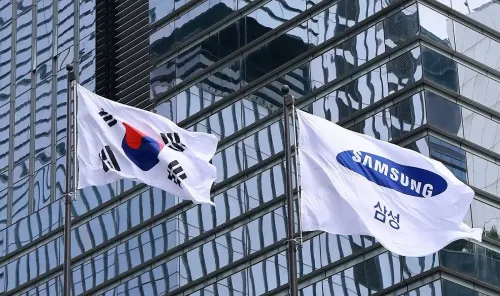Could RBI Cut Rates by 25 bps in December as Inflation Hits Multi-Year Low?

Synopsis
Key Takeaways
- RBI may cut rates by 25 bps to 5.25% in December.
- Inflation has reached a multi-year low at 1.5% YoY.
- Government may introduce a fiscal package for exporters.
- Core inflation remains elevated due to rising gold prices.
- October inflation expected to drop below 1%.
Mumbai, Oct 14 (NationPress) The Reserve Bank of India (RBI) is poised to potentially reduce policy rates by 25 basis points this December, which would lower the repo rate to 5.25 percent, contingent on the retention of the 50 percent import tariff until year-end, according to a recent report released on Tuesday.
The analysis conducted by HSBC also indicated that the government might unveil a fiscal stimulus aimed at exporters alongside new economic reforms to bolster growth.
The report underscored that inflation has dipped to its lowest level in several years, thus providing the RBI with the flexibility to adopt a more accommodative monetary policy.
As of September, the Consumer Price Index (CPI) inflation registered at 1.5 percent year-on-year (YoY) — marking the lowest since June 2017 — as food prices experienced deflation.
This decline can largely be attributed to reduced vegetable prices, robust cereal production, and well-stocked granaries.
Food prices fell both on an annual basis and sequentially, with vegetables returning to deflation following a rise in August due to heavy rainfall.
Additionally, prices for cereals and pulses also decreased monthly, which contributed to a further reduction in overall inflationary pressures.
The average inflation for the July–September quarter was 1.7 percent, slightly below the RBI’s prediction of 1.8 percent.
However, core inflation remains high, driven by a significant increase in gold prices, which surged nearly 47 percent year-on-year in September.
Gold alone accounted for approximately 50 basis points of the headline CPI. HSBC observed that its preferred measure of core inflation, which excludes food, energy, housing, and gold, remained stable at 3.2 percent during the quarter.
Looking forward, the report suggested that inflation in October may drop below 1 percent, with vegetable prices expected to decrease by 3 to 5 percent in the first ten days of the month.
Additionally, lower oil prices and cheaper exports from China are anticipated to help maintain inflation at manageable levels in the forthcoming months.









